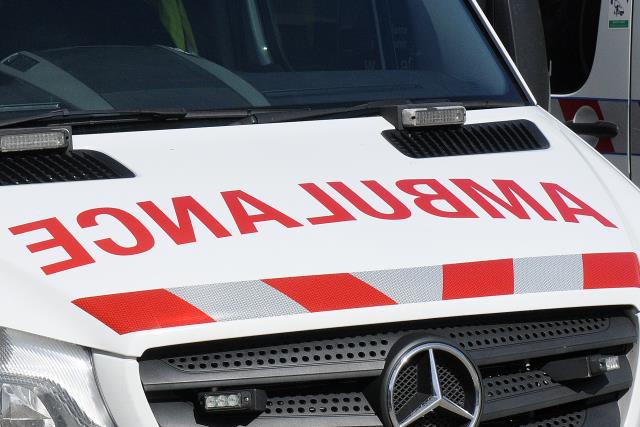Ambulance response times in Wyndham have increased by just over two minutes from 2020-21 to 2021-22, amid service demands breaking three consecutive records.
The data released by Ambulance Victoria (AV) indicated the average response time between April and June of this year for code one call outs, was 15 minutes and 28 seconds, slightly higher than AV’s target of 15 minutes.
Paramedics responded to 65.5 per cent of code one calls within 15 minutes, responding to 3591 code one incidents over the three month period.
When compared to the same time last year, ambulance services responded to 74.6 per cent of 2613 code one incidents within 15 minutes, with the average response time 13 minutes and 18 seconds.
AV’s acting metro region director Jess McGowan said the service was “very busy” and asked the community to help by saving triple-0 for emergencies.
“The COVID-19 pandemic continues to put unprecedented pressure on the health system across Victoria and the nation,” she said.
“We’re working hard to relieve pressure in the system with more paramedics on the road and more resources at hospitals to help offload patients faster.”
Victorian Ambulance Union general secretary Danny Hill said he was pleased to see more “considered efforts” to reduce the demand on the system, but there was more that could be done.
“We really need state and federal governments to work together so that we’ve got nurses in aged care facilities with the right support available to treat patients there, rather than taking them into hospital by ambulance. We need more access to GPs and the GP super clinics,” he said.
“Particularly, in the outer areas of Melbourne, you really need those to provide other options to people rather than hospital.
“This is not a problem we can deal with by sticking more and more paramedics on because they’re only going to be transporting patients to hospital and the hospitals don’t get any quieter, we need to look at ways of reducing demand.”







